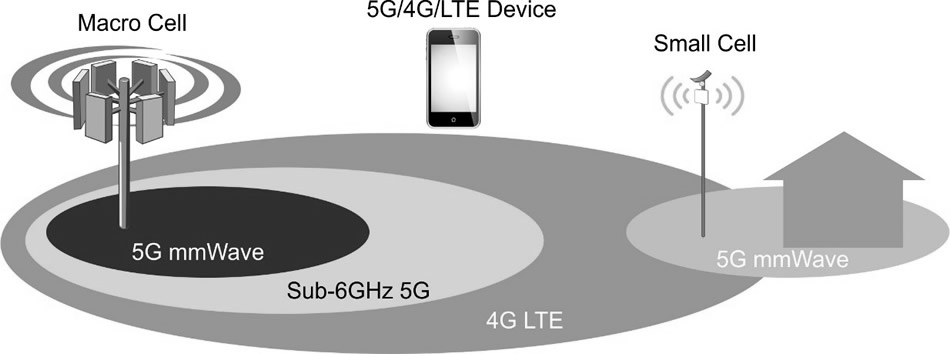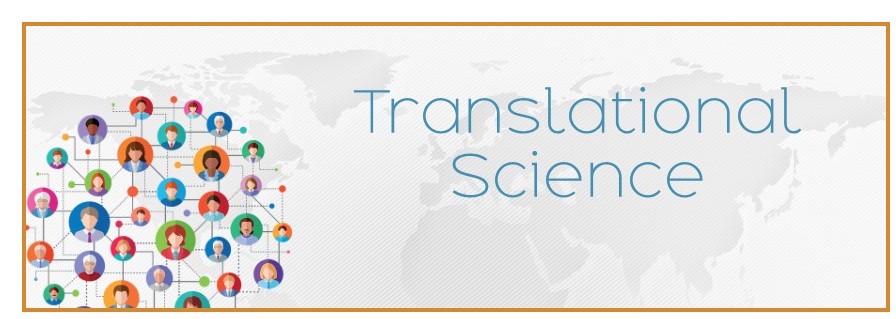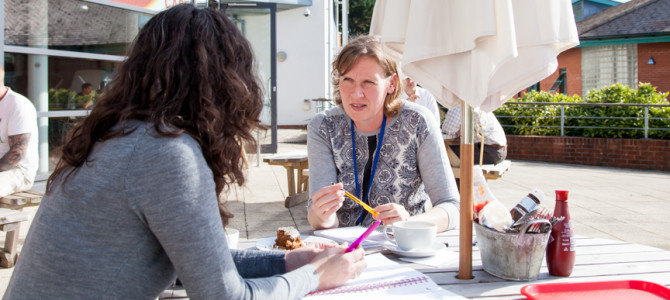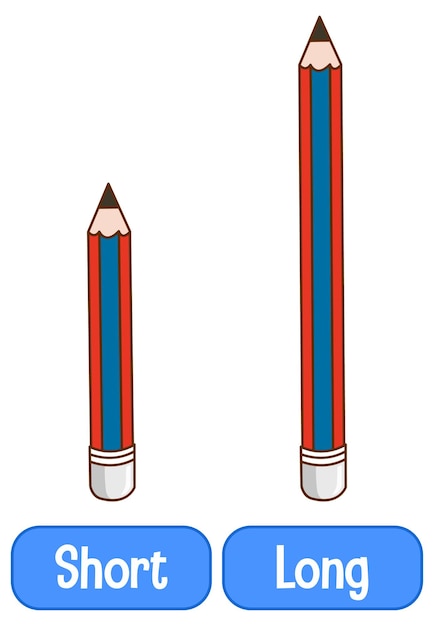Translational Science: Bridging Discovery and Patient Care for Real-World Impact
Introduction to Translational Science
Translational science is an emerging field focused on turning scientific discoveries, made in the laboratory or through fundamental research, into tangible interventions that improve human health. Unlike traditional research, which often remains confined to academic journals or laboratory settings, translational science prioritizes applying knowledge to real-world patient care and public health solutions. This approach is vital for accelerating the development of new diagnostics, therapies, and preventive strategies, ultimately closing the gap between discovery and implementation [3] [5] .
Core Principles of Translational Science
At its core, translational science operates on a spectrum that spans from basic research-where new knowledge about biology, disease mechanisms, or technology is generated-to population-level interventions that improve public health. The process involves multiple stages:
- Basic research: Foundational studies conducted in laboratories, often focused on cellular, molecular, or genetic mechanisms.
- Preclinical research: Testing discoveries in models such as cell cultures or animals, assessing safety and effectiveness before human trials.
- Clinical research: Human studies, including clinical trials, that evaluate new interventions in patient populations.
- Implementation and dissemination: Integrating successful interventions into standard medical practice and public health policy [2] [4] .
This process is often described as moving “from bench to bedside,” emphasizing the journey from laboratory discovery to patient treatment and community health impact [1] .
The Spectrum of Translational Science
Translational science is multidirectional and multidisciplinary. It encourages collaboration across fields such as biology, medicine, pharmacology, public health, ethics, and regulation. This spectrum is sometimes described in phases (T1, T2, T3, etc.):

Source: datafloq.com
- T1: Basic laboratory findings to initial human testing.
- T2: Clinical research findings to patient care applications.
- T3: Patient care improvements to broader public health and policy changes.
- T4: Population-based outcomes and feedback into new research directions [4] .
This cyclical model emphasizes constant learning and feedback, ensuring ongoing improvement and adaptation of medical and public health strategies.
Real-World Applications and Case Studies
Translational science has yielded significant advances across medicine and public health. Notable examples include:
- Rapid development of vaccines: The COVID-19 pandemic showcased how translational science can accelerate vaccine development, from identifying viral targets to delivering safe and effective vaccines to millions worldwide.
- New cancer therapies: Translational research has enabled the creation of targeted treatments for cancer, moving from genetic discoveries in the lab to therapies tailored to individual patients.
- Diabetes management: Innovations in blood glucose monitoring and insulin delivery systems have improved quality of life for millions, driven by translational efforts linking laboratory discoveries to patient needs.
These examples highlight the transformative potential of translational science when scientific innovation is combined with operational, regulatory, and clinical expertise [3] .
How to Access Opportunities in Translational Science
If you are interested in pursuing a career, partnership, or research opportunity in translational science, multiple pathways are available:

Source: ncatsalliance.org
-
Education and Training:
- You can seek programs in translational science at universities or medical schools. Many institutions offer graduate certificates, master’s degrees, or fellowships in translational research or translational medicine.
- Check the websites of major universities and medical research centers for program listings. For instance, the Georgia Clinical & Translational Science Alliance provides resources on training and career development.
- The National Center for Advancing Translational Sciences (NCATS) at the National Institutes of Health offers training opportunities and information about careers in the field. Visit the NCATS website and search for “translational science training programs” for current offerings.
-
Research Funding:
- Many government agencies, such as the National Institutes of Health (NIH), offer grants and funding for translational research projects. You may search NIH RePORTER or the official NIH Grants & Funding portal for current funding opportunities.
- Collaborate with established research institutions or healthcare organizations engaged in translational science. These groups may offer internal grants, fellowships, or collaborative research opportunities.
-
Collaboration and Networking:
- Engage with professional organizations such as the Association for Clinical and Translational Science (ACTS) or the European Society for Translational Medicine (EUSTM). These organizations host conferences, webinars, and networking events where you can connect with experts and stay informed about new developments.
- Consider joining interdisciplinary research teams that include clinicians, scientists, and public health professionals to gain hands-on experience in real-world translational projects.
For those in industry or healthcare, consider contacting your institution’s research administration office or technology transfer office for guidance on engaging in translational projects or partnerships.
Key Challenges and Solutions in Translational Science
Translational science faces several persistent challenges, including:
- Complex regulatory requirements: Navigating the approval process for new diagnostics or treatments can be time-consuming. Collaborating with regulatory experts and staying updated on guidelines can help overcome these hurdles.
- Funding gaps: Securing financial support for the different stages of translation, particularly the transition from laboratory to preclinical and clinical studies, remains a significant barrier. Applying for grants, forging public-private partnerships, and engaging with philanthropic organizations may provide solutions.
- Operational and administrative bottlenecks: Efficient project management, clear communication, and cross-disciplinary collaboration are essential for overcoming these hurdles. Training in project management and leadership skills is recommended.
Successful translational science demands innovation-not only in scientific approaches but also in operational and organizational structures [3] .
Alternative Approaches and Interdisciplinary Opportunities
While translational science is most commonly associated with biomedicine, its principles are increasingly applied in other fields such as education, engineering, and environmental sciences. For example, translating educational research into classroom practice or moving technology prototypes from the lab to commercial production both follow translational models [1] .
Interdisciplinary teams-combining expertise from science, medicine, business, law, and communication-are often more successful in moving discoveries into practice. If you are seeking to apply translational science in a non-biomedical context, consider partnering with domain experts and exploring funding or collaboration opportunities through professional societies and industry associations.
Summary and Key Takeaways
Translational science is a dynamic, multidisciplinary field dedicated to bridging the gap between discovery and practical application. Its impact is seen in rapid medical advances, improved patient care, and more effective public health strategies. Whether you are a student, researcher, clinician, or industry professional, a variety of training, funding, and collaboration pathways exist for engaging with this exciting and impactful discipline. To learn more, consult major university research centers, government agencies like the NIH, and professional societies focused on clinical and translational science.
References
- [1] Wikipedia (2023). Translational research – definitions and applications.
- [2] Thermo Fisher Scientific (2023). What is Translational Research?
- [3] Georgia Clinical & Translational Science Alliance (2023). What is Translational Science?
- [4] NIH (2010). Defining Translational Research: Implications for Training.
- [5] Boston University (2023). What is Translational Science?
MORE FROM feelmydeal.com













